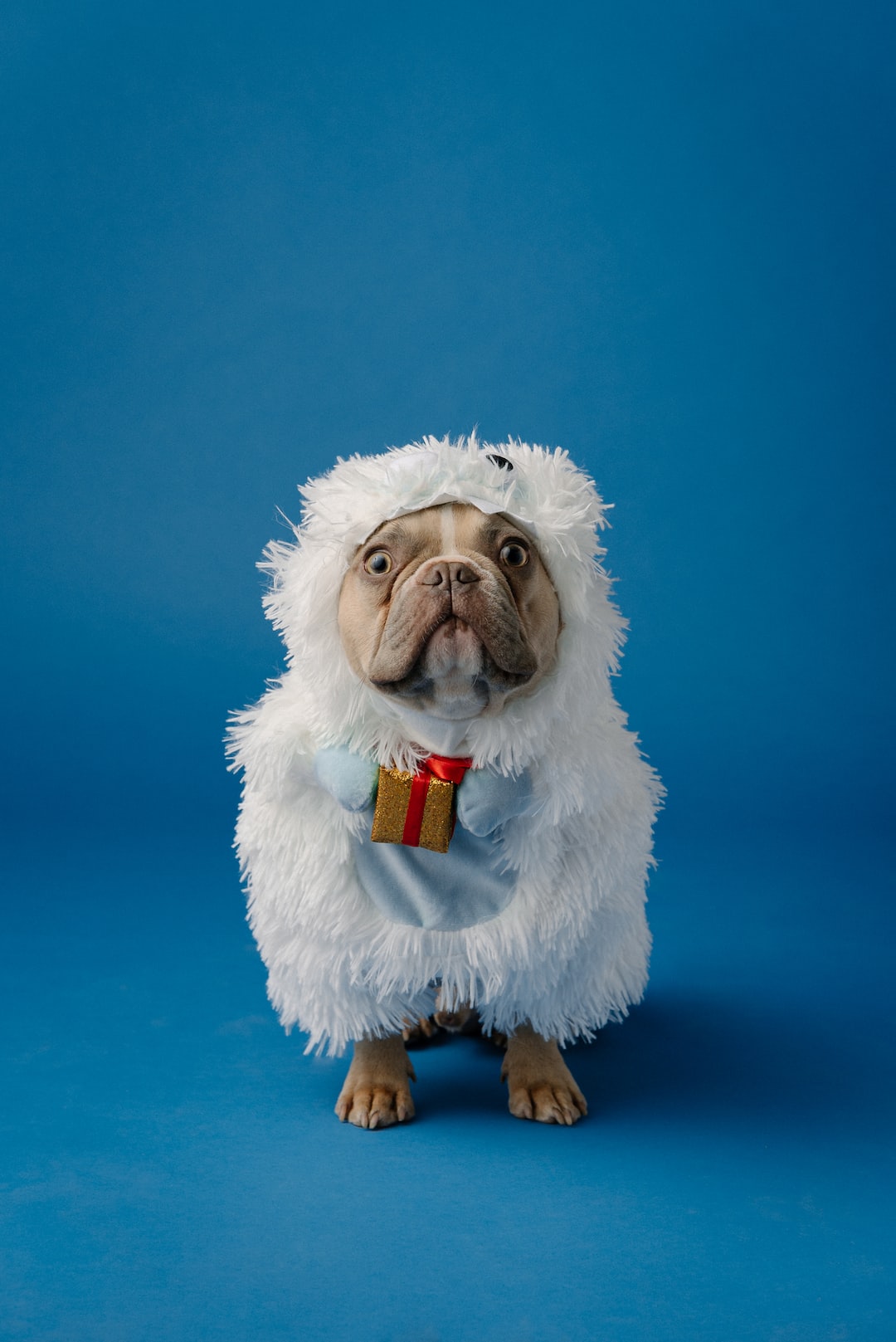Effective Tips for Reducing Separation Anxiety in Dogs
For many dog owners, leaving their furry friends alone at home can be a challenging task. Dogs are social animals that thrive on human interaction and being part of a pack. When left alone for extended periods, they can develop separation anxiety, which leads to destructive behavior and stress for both the dog and the owner. However, there are several effective tips you can follow to reduce separation anxiety in your dog. Let’s dive into them:
1. Gradual desensitization: Start by leaving your dog alone for short periods and gradually increase the duration. This process helps your dog get used to being alone and builds their confidence. It’s crucial to stay calm and avoid making a big fuss when leaving or returning home, as this can heighten your dog’s anxiety.
2. Create a safe space: Designate a specific area in your home where your dog can feel safe and comfortable when you’re away. This space can be a room or even a crate, as long as it’s filled with familiar items such as toys, bedding, and clothing with your scent. This cozy environment helps your dog associate positive experiences with being alone.
3. Exercise and mental stimulation: A tired dog is a happy dog. Before leaving, engage your dog in physical exercise to burn off excess energy. A tired dog is less likely to exhibit anxious behaviors. Additionally, provide mental stimulation through puzzle toys or treat-dispensing toys. These activities keep their minds occupied and provide a positive distraction from your absence.
4. Establish a routine: Dogs thrive on predictability, so establishing a consistent daily routine is key. Set specific times for feeding, exercise, playtime, and alone time. Following a routine helps your dog feel secure and reduces anxiety related to uncertainty.
5. Counter-conditioning: Take advantage of positive reinforcement techniques to change your dog’s perception of being alone. Associating alone time with positive experiences can help your dog see it as a routine, rather than a distressing event. Offer treats or special toys exclusively when you’re leaving, so your dog starts to associate your departure with something pleasant.
6. Seek professional help: If your dog’s separation anxiety persists despite your best efforts, seeking professional help from a veterinarian or a professional dog trainer is recommended. They can provide tailored advice and techniques to address your dog’s specific needs.
Remember, reducing separation anxiety takes time and patience. It’s important not to punish your dog for their anxious behaviors, as this can worsen their anxiety. Instead, focus on positive reinforcement and gradual exposure to being alone. By following these effective tips, you can help your furry friend feel more secure and relaxed when apart from you.

